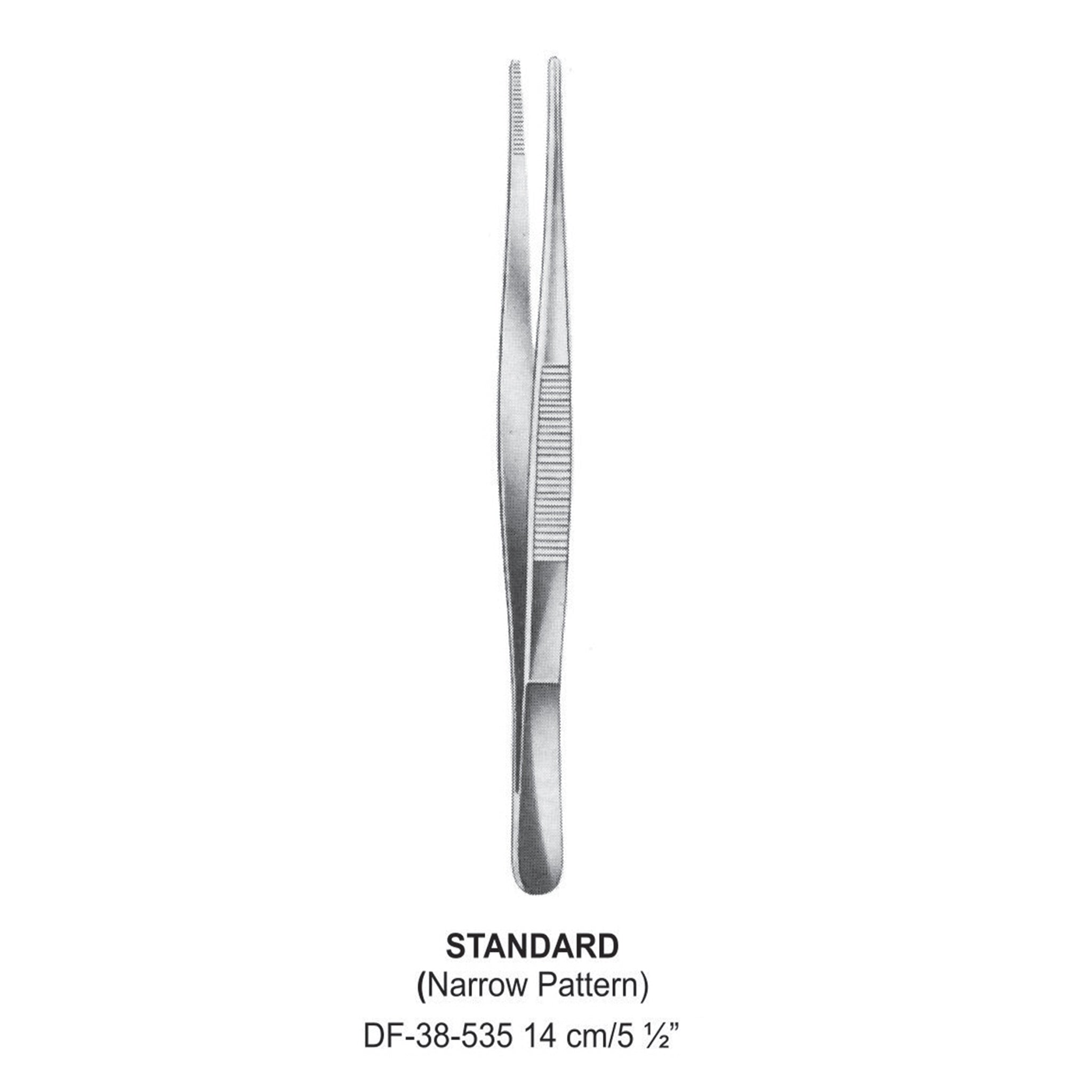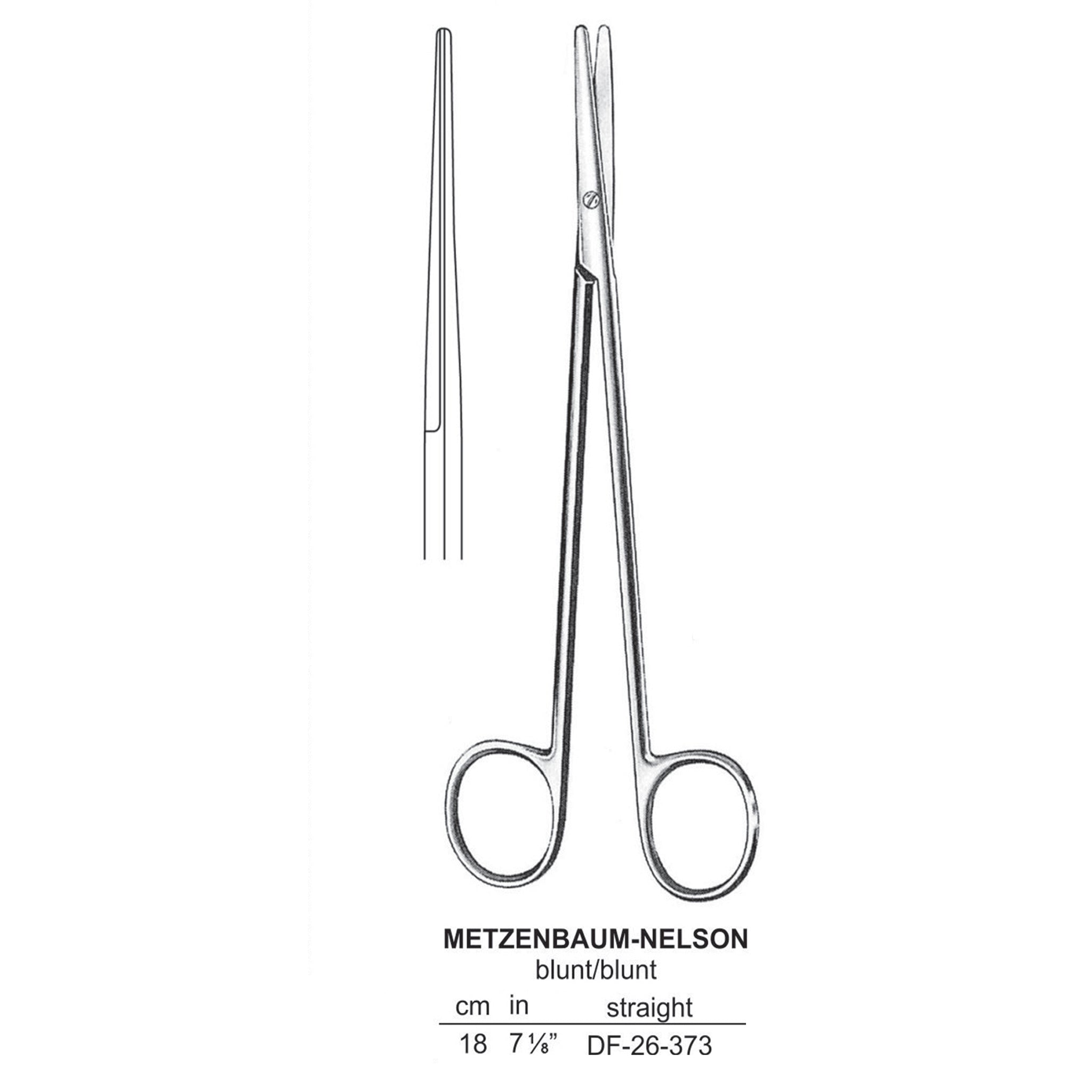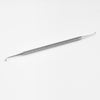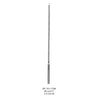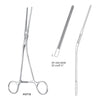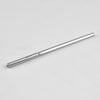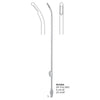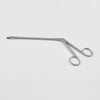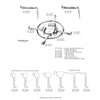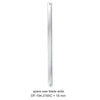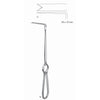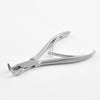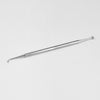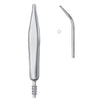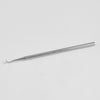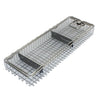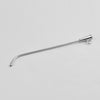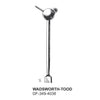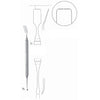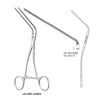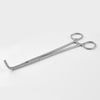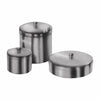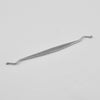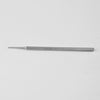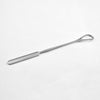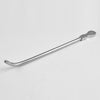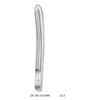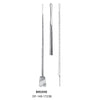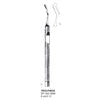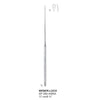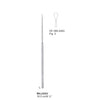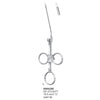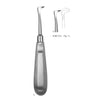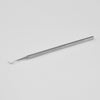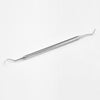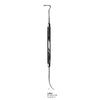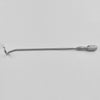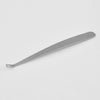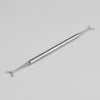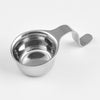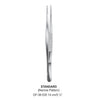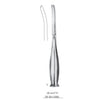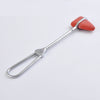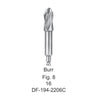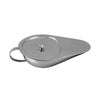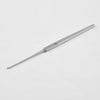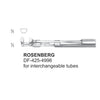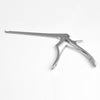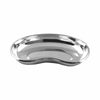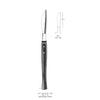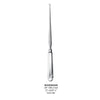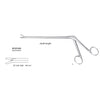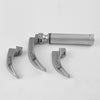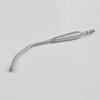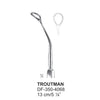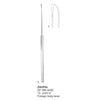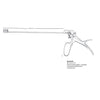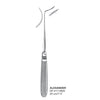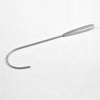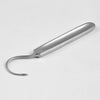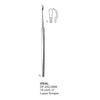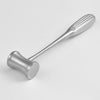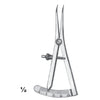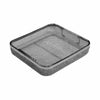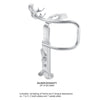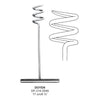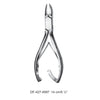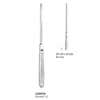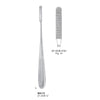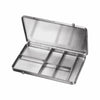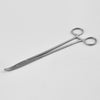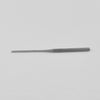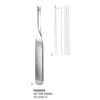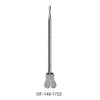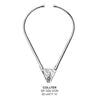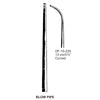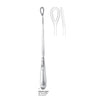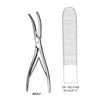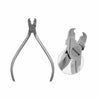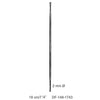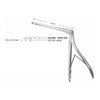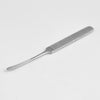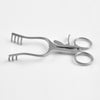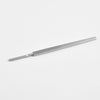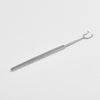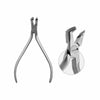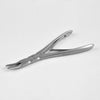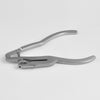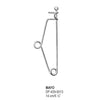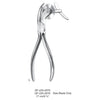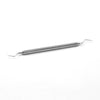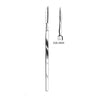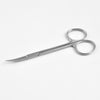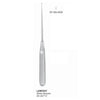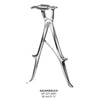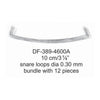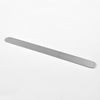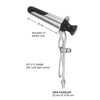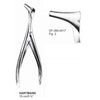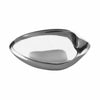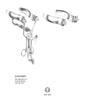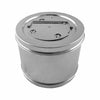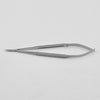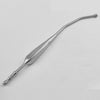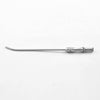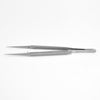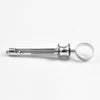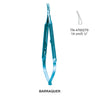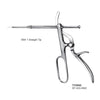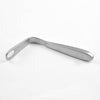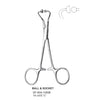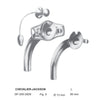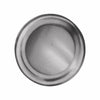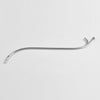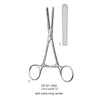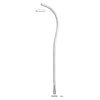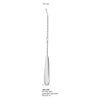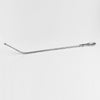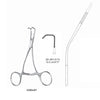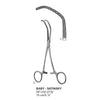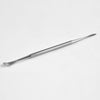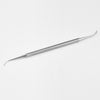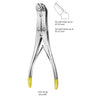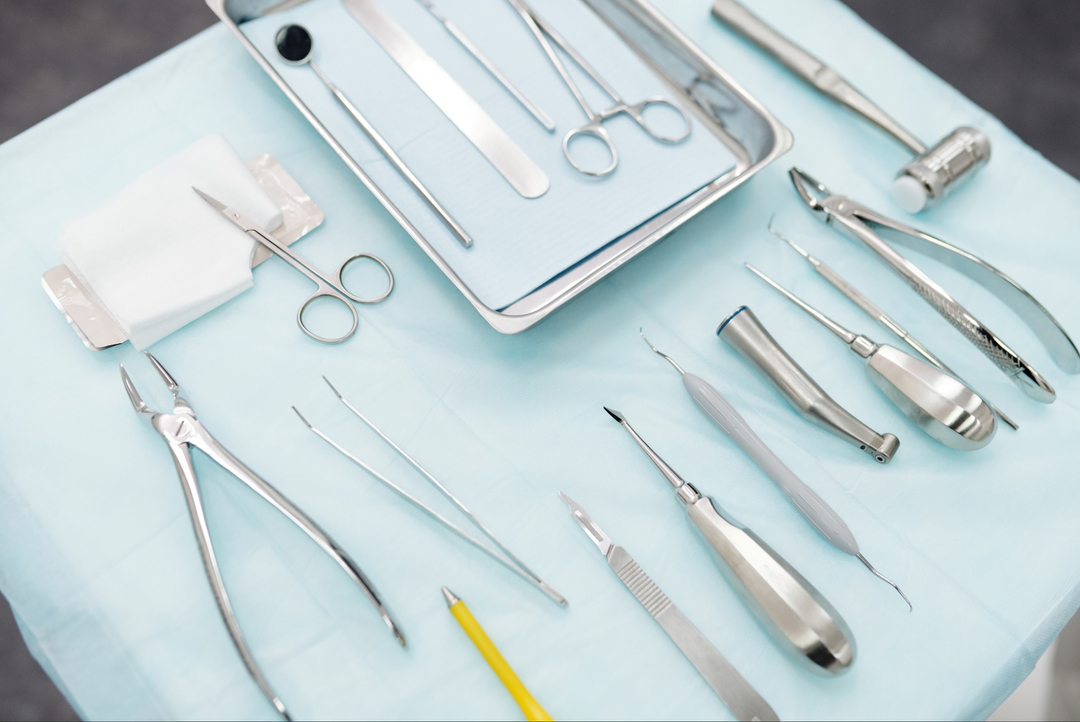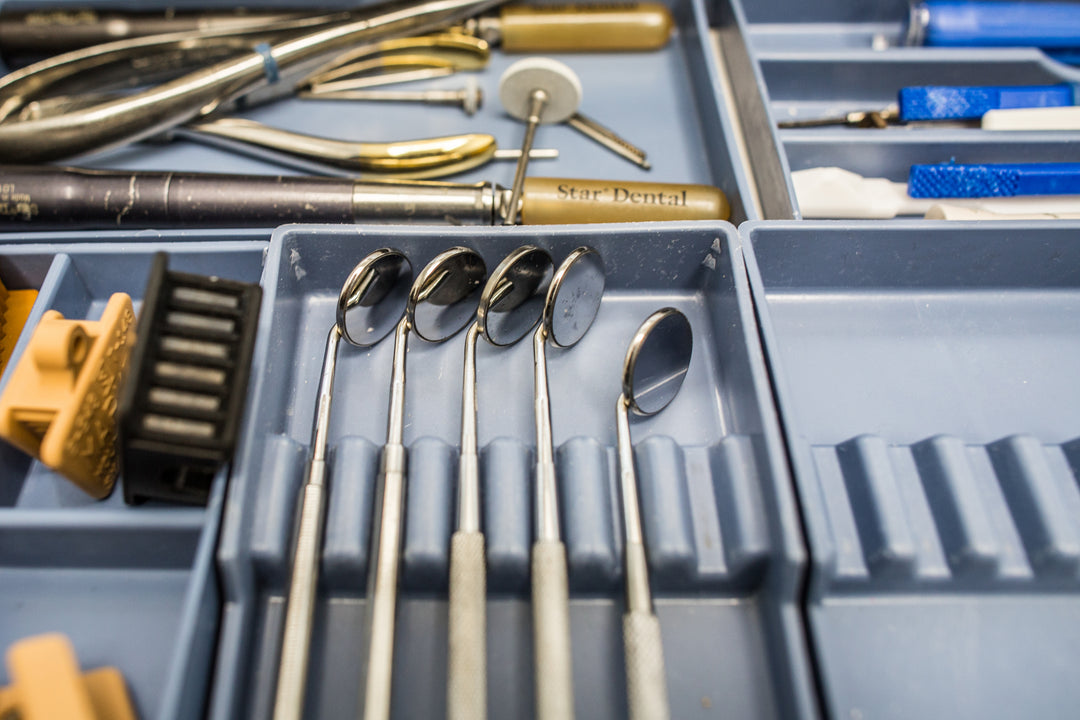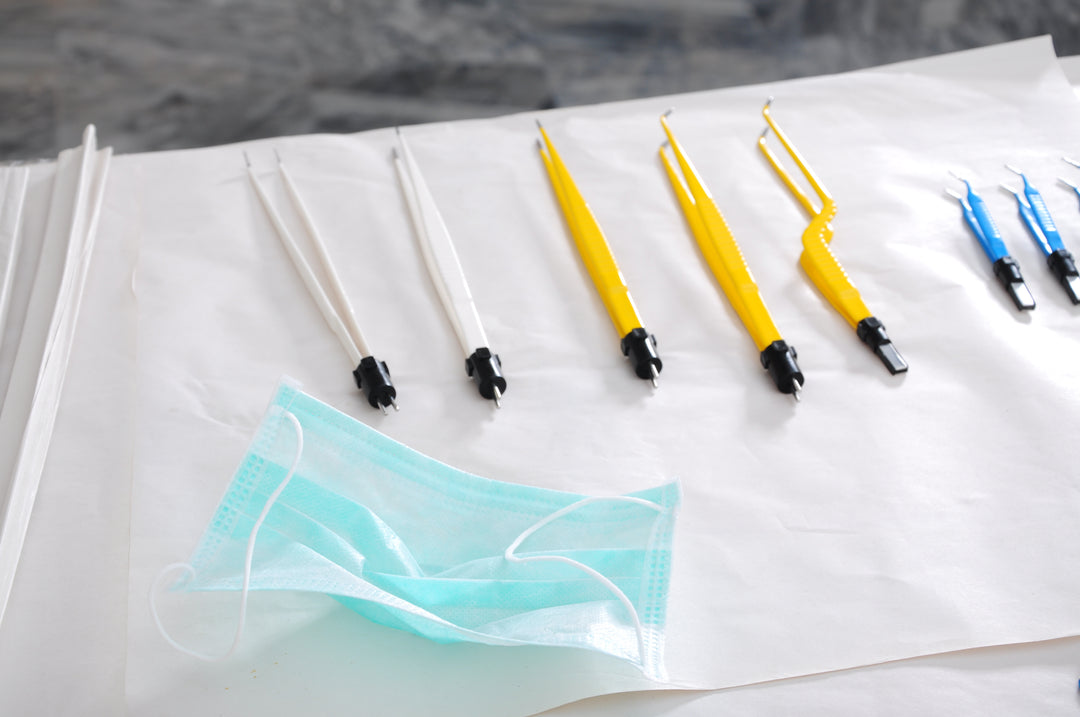Forceps 101: Understanding the Definition and Uses

For centuries, dentists and their professional predecessors extracted teeth with pliers. Even in Greek and Roman times, proto dentists fashioned pliers from lead to grip and remove teeth. In the Dark Ages, however, lead pliers fell out of favor, and teeth were extracted with elevators and pelicans. The pelican was a sharp tool placed under a tooth, the elevator lifting it out. Dental extraction was as painful as dental disease.
In 1840, Sir John Tomes and his colleague Evrard made the first pair of modern dental forceps. Although these early forceps reduced trauma and tissue injury to the gums, they were not made with any consideration for patient comfort or ease of use by the dentist. These innovations only came about a century later.
In the twenty-first century, dental forceps are an essential tool for the extraction of teeth. Modern materials and design enable dentists to use them to reduce tissue injury and trauma at the extraction site, facilitating faster recovery. Dental forceps make this possible by luxating the tooth, making it easier to cut through the ligaments.
Types of Dental Forceps
Dental forceps come in different designs for different procedures. Let's take a quick look at the different kinds of dental forceps.Forceps for Atraumatic Root Extraction
Forceps for atraumatic root extraction reach deep into the socket, allowing the dentist to pull out the root. These forceps were designed with a long beak for that purpose. The handle of these forceps features bumps to give the dentist greater control for delicate extractions.Forceps for Lower Molars
The lower molars tend to be relatively heavy teeth. These forceps feature very heavy blades with projections, with no spaces between them, to make it easier for the dentist to grasp the tooth. Dentists prefer a more modern design for these forceps, including a curved handle. Because there are two projections on the blade, dentists often refer to this instrument as cow-horn forceps.Lower Anterior Forceps
Lower anterior forceps reach the anterior teeth in the lower mouth. They feature a frame perpendicular to the handle. They don't have any breaks between the blades, so dentists can use them on either the left or the right side of the mouth. There are variations in the design for removing the deeper-set canine teeth.Maxillary Anterior Forceps
Maxillary anterior forceps are used to extract upper anterior teeth. These forceps feature blades that have no spaces between them. Their relatively narrow conical beaks adhere to the tooth's surface to be removed. Dentists also use them to extract roots after the tooth has been pulled.Maxillary Canine Forceps
Maxillary canine forceps are forged with a straight shape to aid in extracting the maxillary canines. They also feature heavy blades with little space between blades. They work well to remove teeth in the left and right quadrants of the mouth. Some dentists also use them to extract incisors.Upper Atraumatic Molar Forceps
These forceps feature two bends, along with a buccal blade and alternative blade (known as the palatal blade), always smooth, not serrated. This design makes upper traumatic molar forceps useful for reaching the roots of molar teeth. Dentists need two sets for the left and right quadrants.Patterns in Dental Forceps
Dentists also make choices in forceps based on patterns.American vs. English Patterns
The American pattern features handles that are directed horizontally toward the forceps. The British pattern features a visible screw at the hinge. The handles are directed vertically to the handles.Patterns for Lower Teeth
Cowhorn patterns are designed for a firm, controlled grasp of mandibular teeth. Tri-pointed beaks give the dentist leverage with a firm grip.Patterns for Upper Teeth
The bayonet pattern facilitates an easy reach to the mandibular teeth. Left and right pairs feature pointed tips for efficiently grasping, holding, and extracting a tooth.Materials for Dental Forceps
Design isn't the only consideration in the choice of dental forceps. Materials used in the construction of the forceps also make a critical difference.For teeth extraction, forceps must be made of the strongest, most durable material on the market. This material is austenitic 420 surgical steel, also known as French or German surgical steel.
Stainless steel is low-carbon steel. It contains about 10.5% chromium, which forms a self-healing film on the surface of the forceps to prevent oxidation, staining, and corrosion. It is chemically inert, so it will not react with medications or fluids in the mouth.
Austenitic 420 surgical steel contains tiny amounts of sulfur, up to 0.3%, making it easy to machine. It is ductile and, more importantly for dental applications, impact resistant. It is unsuitable for dental implant devices (made with 316L surgical grade steel, which is hypoallergenic and non-magnetic) but is a superior choice for dental instruments.
Stainless steel in any grade except 304 is acceptable for dental instruments. 420 steel is usually the best choice. For cutting edges, titanium is always a durable, cost-effective selection.
Surgicalinstrument.com maintains an outstanding collection of over 1800 product lines of direct-from-manufacturer and previously used surgical and dental forceps. We adhere to FDA, Health Canada, ASTM, DIN, EC, and ISO standards. We observe the same industry standards and follow the same FDA regulations as original parts manufacturers in Canada and the United States.
If you can't find what you are looking for, we can manufacture it for you! Sign up for our mailing list for free giveaways, special deals, and once-in-a-lifetime offers. Please call us at +1 514 869 7747 or email us your questions.


